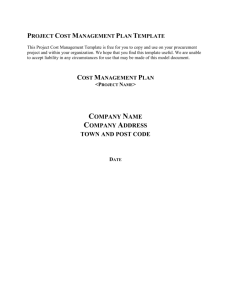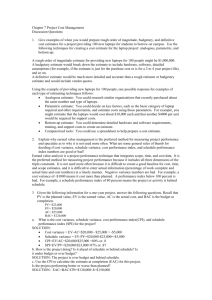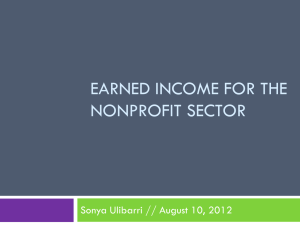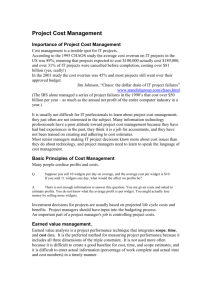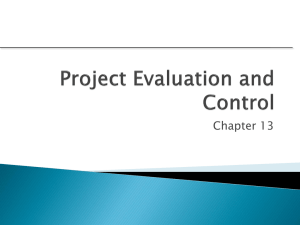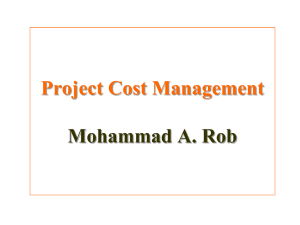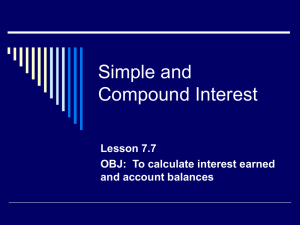Cost Management Plan Template
advertisement
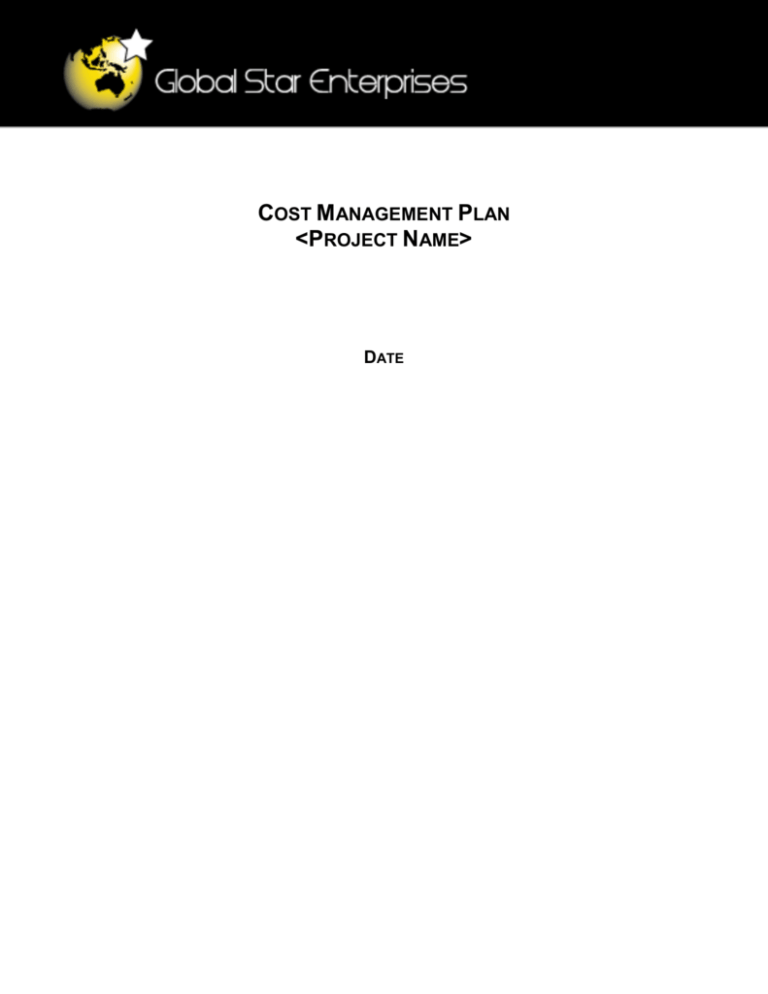
COST MANAGEMENT PLAN <PROJECT NAME> DATE TABLE OF CONTENTS INTRODUCTION ............................................................................................................................ 2 COST MANAGEMENT APPROACH................................................................................................... 2 MEASURING PROJECT COSTS....................................................................................................... 2 REPORTING FORMAT ................................................................................................................... 3 COST VARIANCE RESPONSE PROCESS ......................................................................................... 3 COST CHANGE CONTROL PROCESS .............................................................................................. 3 PROJECT BUDGET ....................................................................................................................... 3 Global Star Enterprises is a fictional company created for educational and training purposes only. Cost Management Plan V1.0 September 2013 1 INTRODUCTION The Cost Management Plan clearly defines how the costs on a project will be managed throughout the project’s lifecycle. It sets the format and standards by which the project costs are measured, reported and controlled. The Cost Management Plan: Identifies who is responsible for managing costs Identifies who has the authority to approve changes to the project or its budget How cost performance is quantitatively measured and reported upon Report formats, frequency and to whom they are presented COST MANAGEMENT APPROACH This section you explain your approach to cost management for your project. We chose to create Cost Accounts at the fourth level of the WBS as an example since many project management offices don’t have a Project Management Information System. If you are using a Project Management Information System then you can, and should, manage costs down to the work package level. For those who don’t have a Project Management Information System you’ll want to determine which level of the WBS you can most effectively manage the project’s costs from. The further down in the WBS you go, the more detailed your cost management is. However, you should balance the granularity at which you want to manage costs against the amount of effort it takes to manage at that level. The more granular your cost management, the more work is necessary to manage it. MEASURING PROJECT COSTS This section defines how the project’s costs will be measured. The PMBOK focuses on Earned Value Management for measuring and controlling a project’s costs. Earned Value Management is a broad and powerful tool; as such, we recommend that all project managers take some formal courses in Earned Value Management. In this section you should detail how you will measure the project costs. What Earned Value measurements will be captured and reported upon. Will you use any tools, such as project management software, to assist in capturing Earned Value metrics? How will you forecast future project costs? Will you review cost performance over time, across work packages or schedule activities? Our example in this section measures four Earned Value measurements; Schedule Variance (SV), Cost Variance (CV), Schedule Performance Index (SPI) and Cost Performance Index (CPI). For most typical projects these four measurements can provide enough insight for effective management without overburdening the Project Manager with Earned Value calculations and measurements. Schedule Variance (SV) is a measurement of the schedule performance for a project. It’s calculated by taking the Earned Value (EV) and subtracting the Planned Value (PV). Since EV is the actual value earned in the project and the PV is the value our project plan says we should have earned at this point, when we subtract what we planned from the actual we have a good measurement which tells us if we are ahead or behind the baseline schedule according to our project plan. If SV is zero, then the project is perfectly on schedule. If SV is greater than zero, the project is earning more value than planned thus it’s ahead of schedule. If SV is less than zero, the project is earning less value than planned thus it’s behind schedule. Global Star Enterprises is a fictional company created for educational and training purposes only. Cost Management Plan V1.0 September 2013 2 Cost Variance (CV) is a measurement of the budget performance for a project. CV is calculated by subtracting Actual Costs (AC) from Earned Value (EV). As we already know, EV is the actual value earned in the project. AC is the actual costs incurred to date, thus when we subtract what our actual costs from the EV we have a good measurement which tells us if we are above or below budget. If CV is zero, then the project is perfectly on budget. If CV is greater than zero, the project is earning more value than planned thus it’s under budget. If CV is less than zero, the project is earning less value than planned thus it’s over budget. Schedule Performance Index (SPI) measures the progress achieved against that which was planned. SPI is calculated as EV/PV. If EV is equal to PV the value of the SPI is 1. If EV is less than the PV then the value is less than 1, which means the project is behind schedule. If EV is greater than the PV the value of the SPI is greater than one, which means the project is ahead of schedule. A well performing project should have its SPI as close to 1 as possible, or maybe even a little under 1. Cost Performance Index (CPI) measures the value of the work completed compared to the actual cost of the work completed. CPI is calculated as EV/AC. If CPI is equal to 1 the project is perfectly on budget. If the CPI is greater than 1 the project is under budget, if it’s less than 1 the project is over budget. REPORTING FORMAT Reporting for cost management will be included in the monthly project status report. The Monthly Project Status Report will include a section labeled, “Cost Management”. This section will contain the Earned Value Metrics identified in the previous section. All cost variances outside of the thresholds identified in this Cost Management Plan will be reported on including any corrective actions which are planned. Change Requests which are triggered based upon project cost overruns will be identified and tracked in this report. COST VARIANCE RESPONSE PROCESS This section of the Cost Management Plan defines the control thresholds for the project and what actions will be taken if the project triggers a control threshold. As a part of the response process the Project Manager typically presents options for corrective action to the Project Sponsor who will then approve an appropriate action in order to bring the project back on budget. The Project Manager may propose to increase the budget for the project, reduce scope or quality, or some other corrective action. COST CHANGE CONTROL PROCESS Typically the change control process follows the project change control process. If there are special requirements for the cost change control process, they should be detailed in this section. The cost change control process will follow the established project change request process. Approvals for project budget/cost changes must be approved by the project sponsor. PROJECT BUDGET The budget for this project is detailed below. Costs for this project are presented in various categories... Global Star Enterprises is a fictional company created for educational and training purposes only. Cost Management Plan V1.0 September 2013 3 SPONSOR ACCEPTANCE Approved by the Project Sponsor: ________________________________________ <Project Sponsor> <Project Sponsor Title> Date: __________________ Global Star Enterprises is a fictional company created for educational and training purposes only. Cost Management Plan V1.0 September 2013 4


